Sustainable architecture
The R9 system and the benefits for companies
Sustainable architecture is an economic necessity. Because while the construction industry traditionally focuses on recycling, the re-use strategy — the direct reuse of components and buildings — offers significantly greater potential for cost savings and CO₂ reduction. This opens up new opportunities for building owners to make projects not only more sustainable but also more profitable.

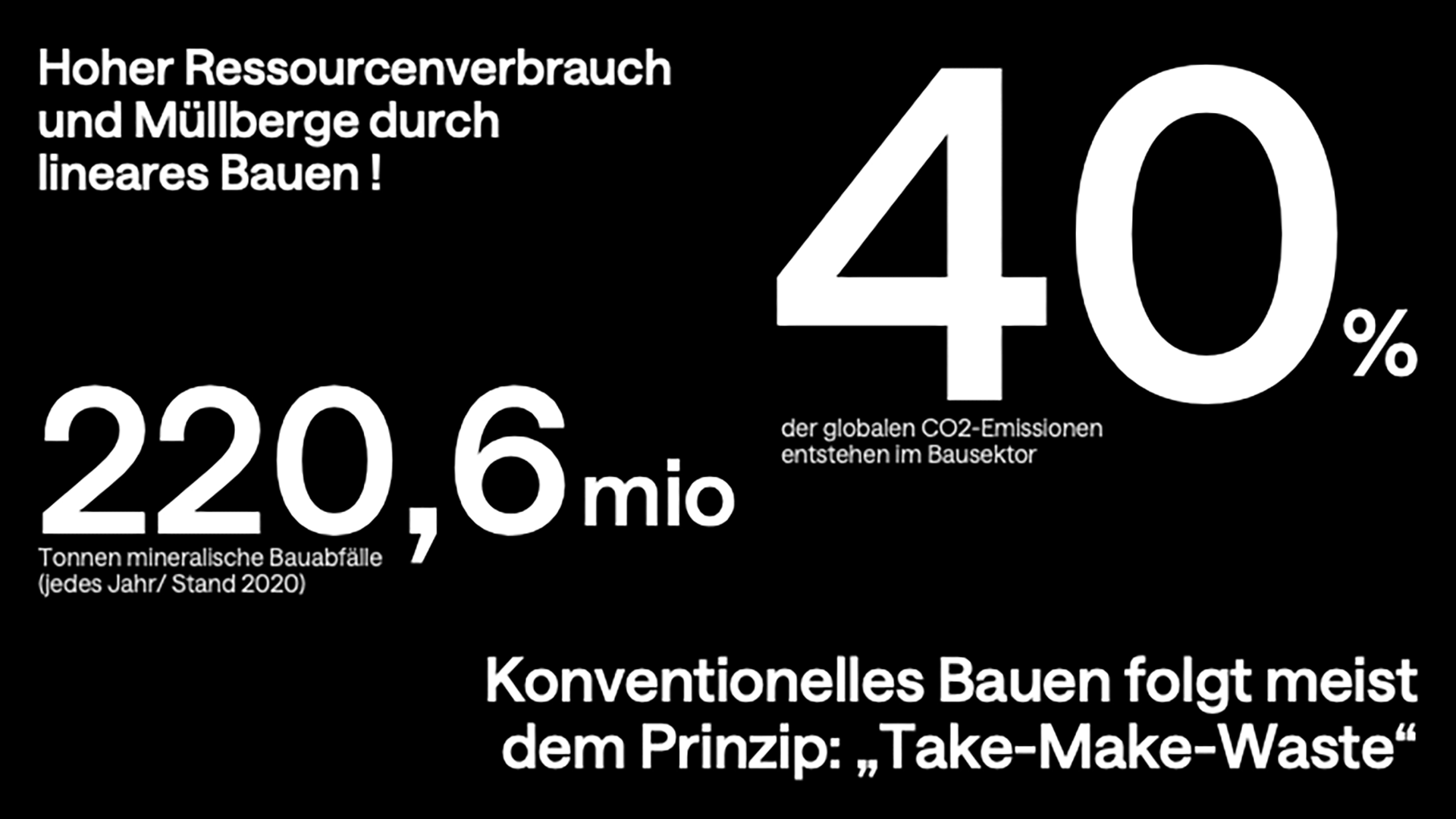
The construction sector accounts for a significant Responsibility for climate change. 37-40% of global CO2 emissions occur in the building and construction sector, with a quarter of them already stored in the materials as “embodied carbon”. These figures show that sustainable construction represents not only an ethical obligation, but also an economic obligation.
The breakdown of emissions shows: While building operations account for the largest share, there is also enormous potential in optimising material production and use. This is where the re-use strategy comes in and offers builders concrete opportunities to reduce CO₂.
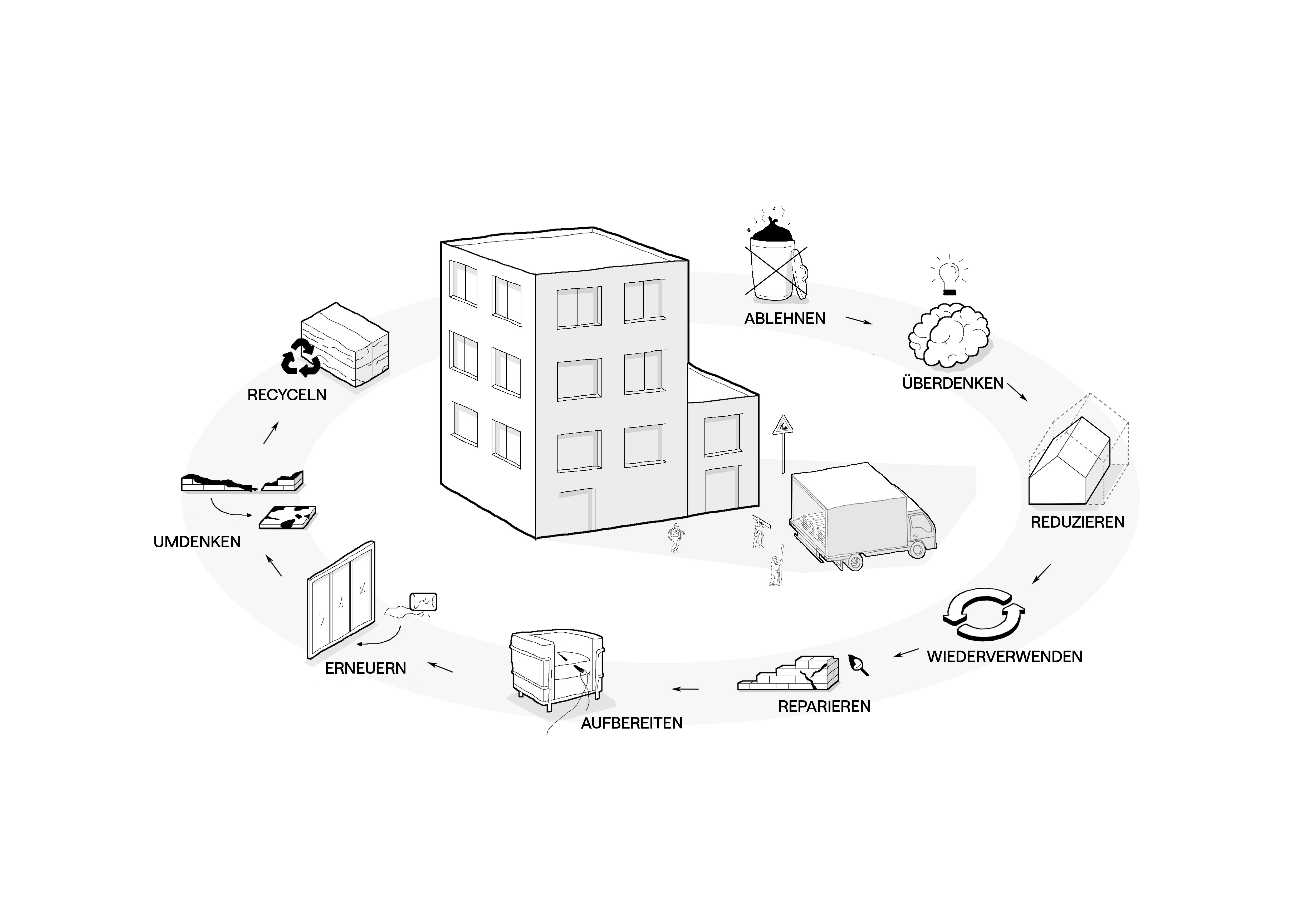
Die Circular Economy in construction follows a clear hierarchy of strategies known as the R9 system. This system helps builders and investors to identify and prioritize the most effective measures.
The “Refuse-Rethink-Reduce” strategies have top priority: avoiding unnecessary construction measures, rethinking usage concepts and reducing material requirements. These approaches offer the greatest potential for savings in both costs and CO₂ emissions.
Re-use is in fourth place in the hierarchy and refers to the direct reuse of components and entire buildings. The decisive advantage: Re-use preserves the original material and energy costs of initial production, while recycling requires additional energy and often results in quality losses.

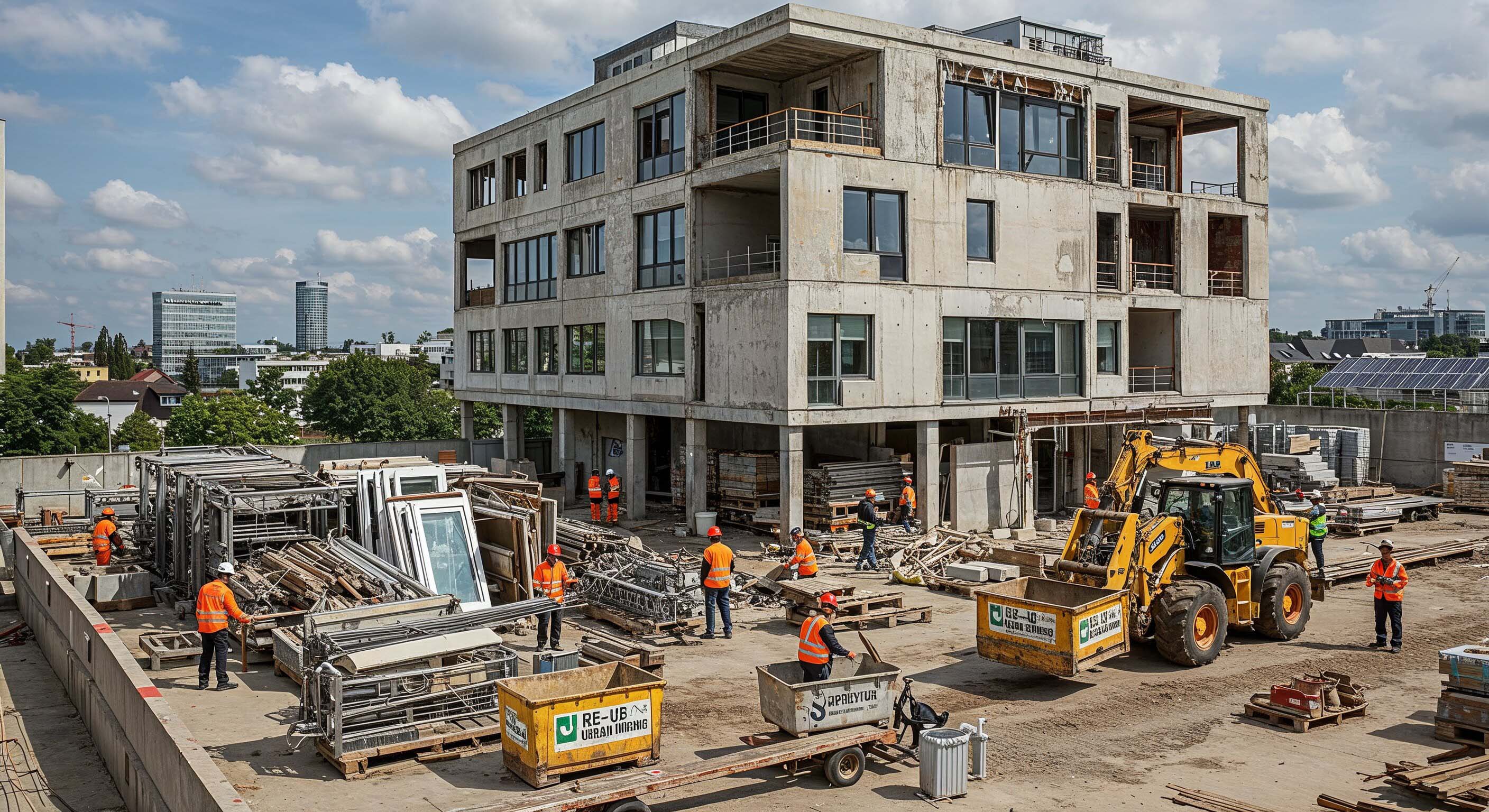
While Germany already recycles over 90% of mineral construction waste, the true innovation lies in direct reuse. Re-use projects can save up to 50-70% of CO₂ emissions compared to new buildings.
A practical example illustrates the dimensions: The urban mining project in Heidelberg, Europe's largest of its kind, demonstrates how disused buildings as sources of raw materials can be used. Building materials are no longer regarded as waste but as valuable secondary raw materials.

Evaluate the established certification systems DGNB, LEED and Cradle to Cradle various aspects of sustainable architecture. During DGNB and LEED primarily address new construction processes, all systems still focus too little on higher-quality R strategies and existing buildings.
Cradle to Cradle certified products are rated positively in LEED and DGNB and can earn additional points. For building owners, this means that the investment in sustainable materials pays off not only ecologically, but also when it comes to building certification.

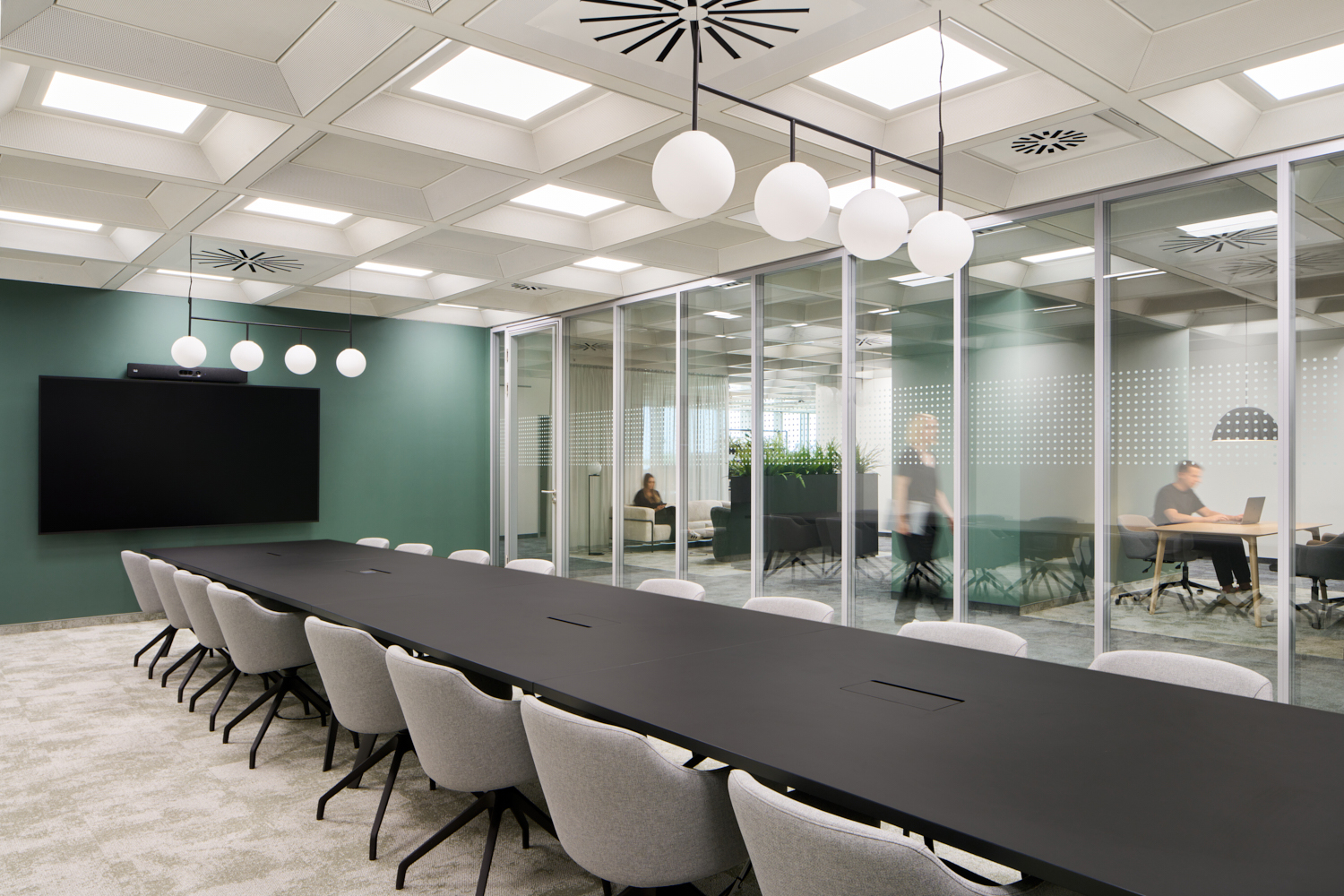
“The greenest building is the one that already exists” — this principle is becoming increasingly important in financing practice. On average, renovations cause only 50% of the CO₂ emissions of a new building and therefore offer attractive opportunities for sustainable investments.
Urban mining opens up Buildings as a raw material warehouse of the future. By systematically recording and documenting components, digital material passports are created, which enable efficient reuse. Component exchanges in Berlin-Brandenburg, Bremen, Hanover and other cities are already showing how this market works.
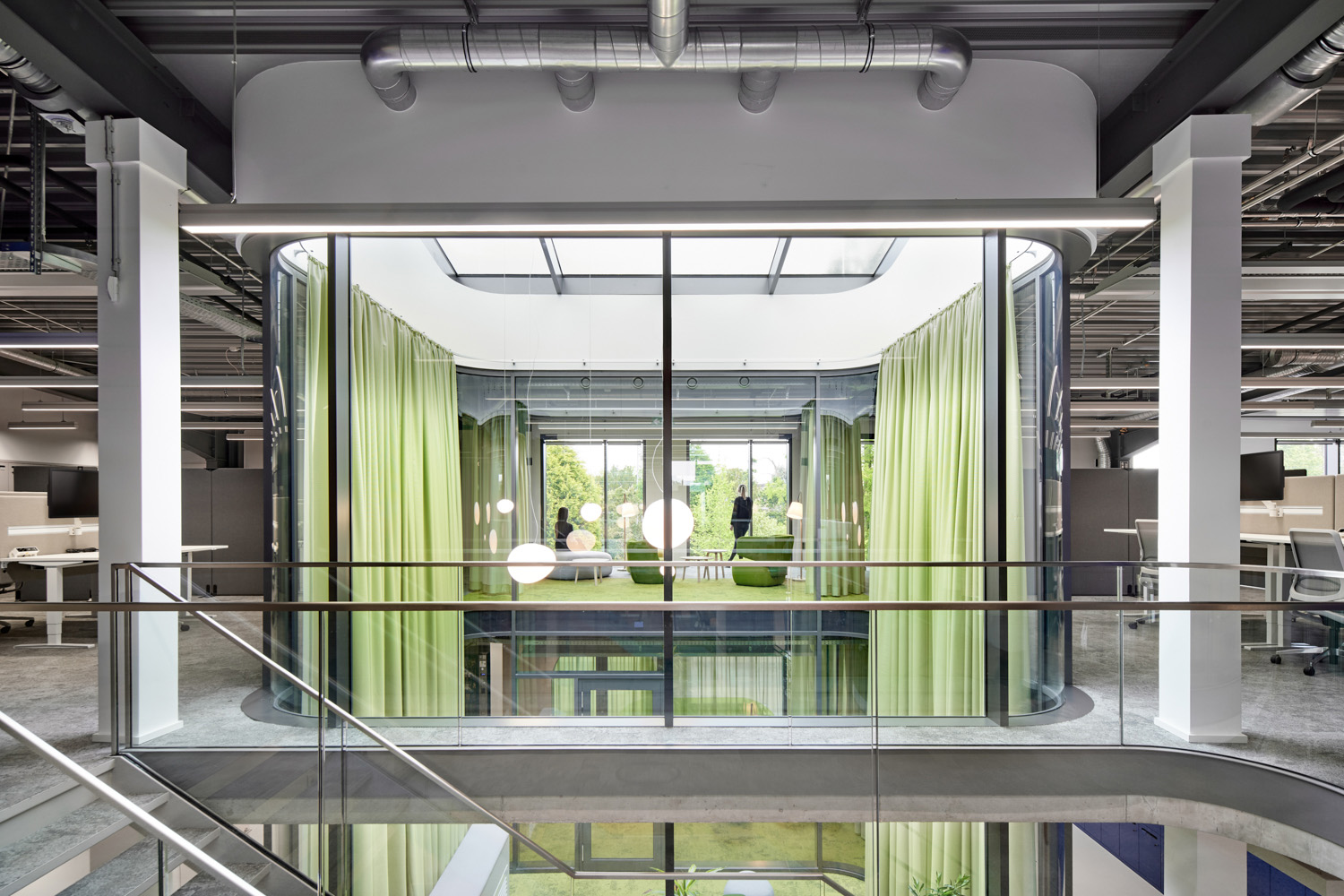
There are specific areas of action for building owners, banks and financial institutions:

The transformation to Circular construction industry is not only ecologically necessary, but also makes economic sense. With our Team of experts for re-use checks we support building owners in identifying and implementing concrete potential. Our focus is on cost-neutral solutions that simultaneously reduce CO₂ emissions and create identity — for buildings with their own history rather than “off the shelf” architecture.
Sustainable architecture through re-use is the key to a sustainable construction industry. The course has been set — Take advantage of opportunities the circular economy for your projects.

Wissen
|
Nachhaltigkeit